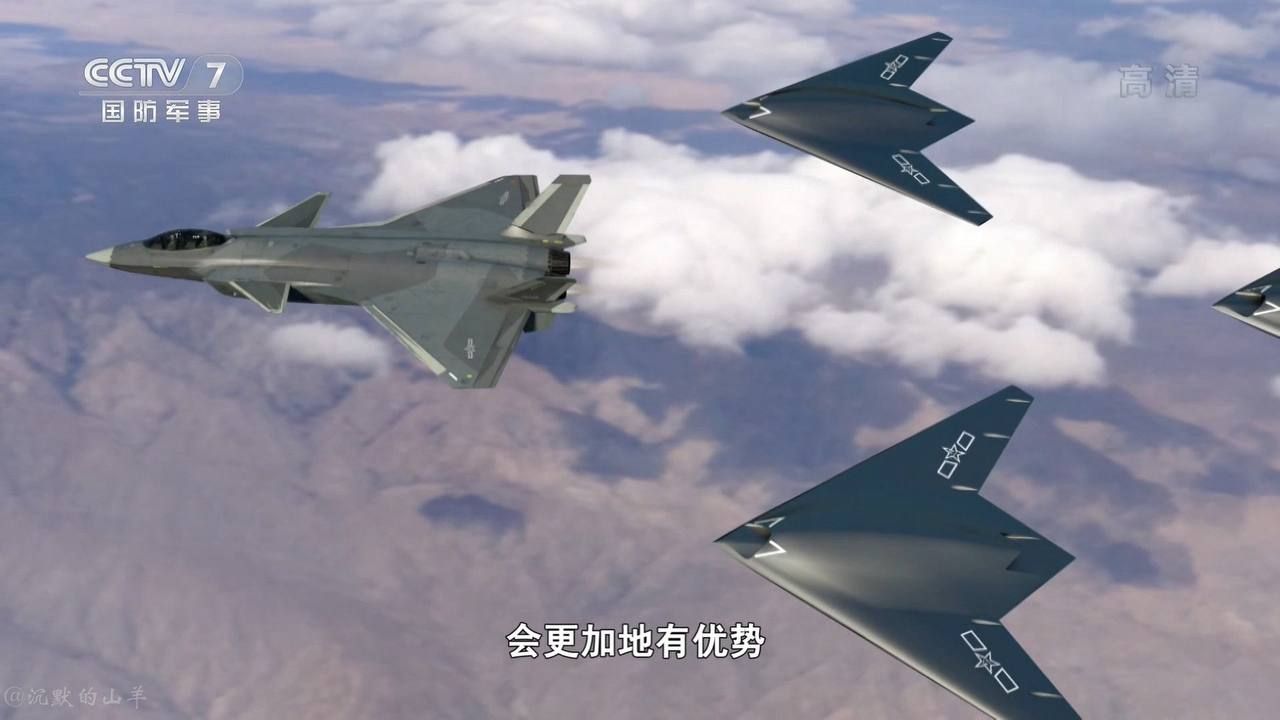In line with efforts in the US, UK, Israel, Russia, and China, Taiwan, too, will field laser weapons. The island nation’s first indigenously built directed energy weapon (DEW) is expected to shoot down aerial threats.
Designed and developed by the National Chung Shan Institute of Science and Technology (NCSIST), the leading arms and weapons developer, is slated to put the 50-kilowatt (kW) laser system through a series of tests and trials before the Republic of China (RoC) armed forces.
Reports from the island suggest that the system is in the prototype stage, with formal acquisition still a little far away. Moreover, a significant portion of the technology has been developed with the help of “technical breakthroughs made possible through global assistance.”
This suggests unofficial American technological inputs.
Lasers Needed To Counter China
Directed-energy weapons are electromagnetic systems that convert chemical or electrical energy to radiate focused energy on a target.
This causes physical damage that degrades, neutralizes, defeats, or destroys a hostile capability, according to the US Office of Naval Research. The nature and operational principle behind laser DEWs qualify them as non-kinetic hard-kill systems.
If operationalized, the technology will substantially enhance Taipei’s ground-based air defense against the wide and diverse range of land-strike cruise and ballistic missiles.
The People’s Liberation Army (PLA) Army, Navy, and Air Force are expected to undertake massive, sustained volleys of precision strikes on Taiwanese targets by firing munitions from land, air, sea, and unmanned combat aerial vehicles (UCAV), exploiting Taiwan’s lack of strategic depth and small land mass.
China has the world’s largest and most diverse inventory of ballistic, cruise missiles and reconnaissance, strike, and combat-oriented drones that mutually reinforce and complement other manned sea, air, and ground systems.
Tactics
Interestingly, Taiwan has already identified the GJ-1 (Wing Loong-1/WL-1) series of UCAVs as potential targets for the laser DEW by mating it with the AN/TWQ-1 Avenger air defense vehicles for target acquisition and guidance.
Taipei Times said that the 50kW laser possesses “enough raw power output for combat applications,” with NCSIST “hoping” that the system “would be adopted by Taiwanese armed forces following the completion of trials and demonstrations.”
The report cites unidentified research papers in leading military journals by the NCSIST scientists involved in the project that “explore the operational potential of coupling directed-energy weapons with the army’s AN/TWQ-1 Avenger air defense vehicles.”
“The articles discuss the possible utilization of a laser system against the Chinese People’s Liberation Army’s Chengdu GJ-1 series of drones, as well as rocket and missile weapons,” the report added.

The possible mating with the Avenger system could mean two possibilities. One, the laser might be mounted on another vehicle, possibly a heavier military transporter or a ruggedized tactical battlefield combat system, like the homemade CM-32 Clouded Leopard armored personnel carrier (APC).
The CM-32 DEW and the Avenger — mounted on a Humvee — could be separated to a significant distance for the former to receive target information. The Avenger has eight FIM-92 Stinger short-range surface-to-air missiles (SAM) in two boxes of four missiles each.
Another scenario could be that the CM-32 DEW and the Avenger move together, but this would make both the mobile systems air-to-ground munitions. This is, however, a broad speculation based on the available information.
The System Is Yet To Mature
Questions remain about whether Taiwan can mass-manufacture the system and successfully modify the CM-32 to meet DEW’s heavy power requirements.
The modification and subsequent tests would also reveal the extent of the impact on the CM-32’s mobility—if any—and whether it would be a highly mobile system that could rapidly change directions after engaging targets. Otherwise, it could be used to protect static targets like command centers, battlefield headquarters, logistical nodes, supply lines, or civilian-military centers in Taiwan’s urban areas.
It will also take time to decide on the Order of Battle (ORBAT) amid Taiwan’s other air defense systems like the US-made Patriot, Sky Sword-II (Tien Chien-II), and Sky Bow-III (Tien Kung-III) — 12 more of which are planned to be manufactured by late 2026. Taiwanese planners can certainly be expected not to bank entirely on the DEW, with the larger goal of taking the load off the SAMs and freeing them up to secure other targets.
Taiwan’s Multimillion-Dollar Anti-Chinese Drone Plan
The development of the laser is consistent with previous reports about Taiwan enhancing its air defense network. In September 2022, the South China Morning Post (SCMP) reported that Taiwan was rolling out a $143 million drone defense system developed by the NCSIST “to ward off frequent harassment by mainland Chinese drones.”
“Designed primarily to detect and jam small UAVs,” an NCSIST computer-generated concept video shows that the search radar can detect an encroaching UAV and identify it using a camera and “frequency detection.”
Ascertaining its identity as an “enemy drone,” an electronic jamming system will “disrupt its controls before a retrieval drone captures the invading UAV with a net.”
- The author can be reached at satamp@gmail.com
- Follow EurAsian Times on Google News




